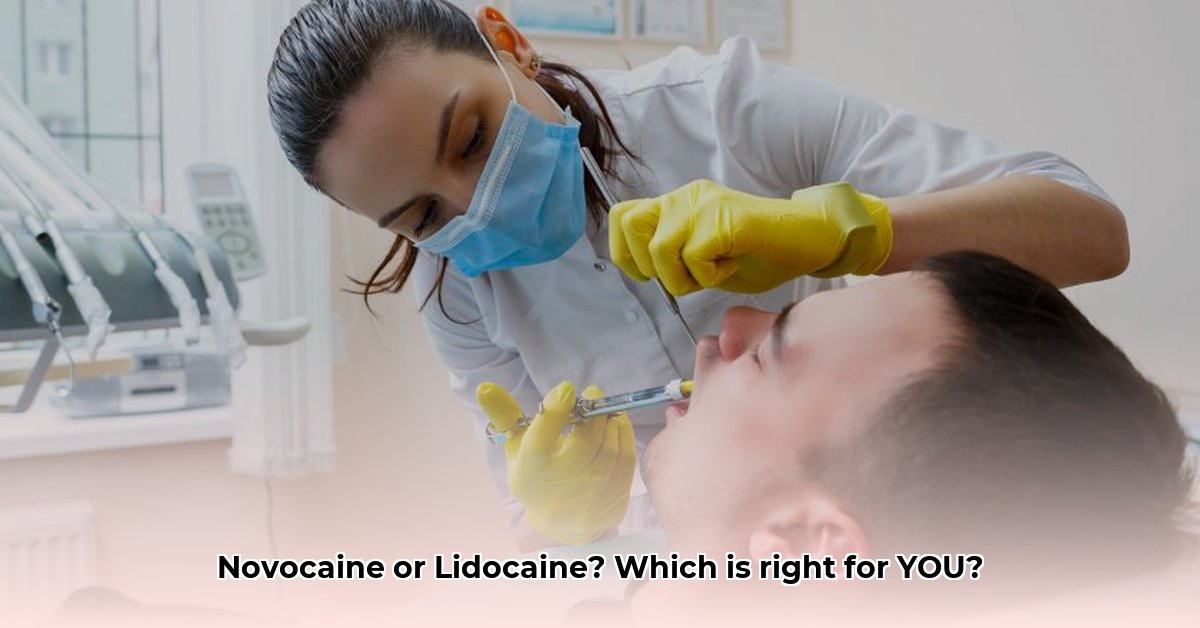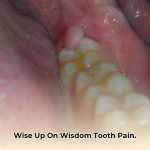Understanding Dental Anesthetics
Going to the dentist often involves the use of local anesthetics – medications that numb a specific area. This article compares two such medications: Novocaine (procaine) and Lidocaine (xylocaine). Understanding their differences can help ease anxiety about dental procedures.
What is a Local Anesthetic?
A local anesthetic blocks pain signals in a specific body part, creating a temporary roadblock preventing those messages from reaching your brain. This differs from general anesthesia, which induces unconsciousness for more extensive procedures.
Novocaine: An Early Anesthetic
Novocaine (procaine) was one of the first widely used local anesthetics in dentistry. It works by temporarily disrupting nerve signals, causing numbness. While Novocaine acts rapidly, its effects are relatively short-lived, typically lasting 30 to 90 minutes, potentially longer when combined with epinephrine. However, Novocaine carries a higher risk of allergic reactions than other options, partly due to para-aminobenzoic acid (PABA), a component that can trigger allergies in some individuals. Due to the increased allergy risk and shorter duration, Novocaine isn’t commonly used in contemporary dental practices.
Lidocaine: The Modern Standard
Lidocaine (xylocaine) is the preferred local anesthetic in most dental offices today. It tends to work faster than Novocaine and provides longer-lasting numbness (generally 2 to 4 hours). Lidocaine is an amide local anesthetic, meaning it interacts with the body differently than ester anesthetics like Novocaine. A significant advantage of Lidocaine is its lower risk of allergic reactions, making it safer for a broader range of patients. It’s also available in various forms (topical gels, injections), offering dentists greater flexibility.
Comparing Novocaine and Lidocaine: Key Differences
Here’s a table summarizing the key differences:
| Feature | Novocaine (Procaine) | Lidocaine (Xylocaine) |
|---|---|---|
| Type | Ester | Amide |
| Onset | Rapid | Very Rapid |
| Duration | Shorter (30-90 min) | Longer (2-4 hrs) |
| Allergy Risk | Higher | Lower |
| Current Usage | Less Common | More Common |
Other Local Anesthetic Options
While Novocaine and Lidocaine are well-known, other local anesthetics are also used in modern dentistry:
- Articaine (Septocaine): Known for its ability to penetrate bone, making it suitable for procedures involving deeper tissues.
- Bupivacaine (Marcaine): Provides extended numbness (up to 8 hours) for lengthy procedures or post-operative pain management.
- Mepivacaine (Carbocaine) and Prilocaine (Citanest): Shorter-acting alternatives for patients sensitive to epinephrine or other additives.
- Benzocaine: A topical anesthetic applied to numb the gums’ surface before injections.
The Role of Epinephrine
Epinephrine is often added to local anesthetics, not to increase numbness, but to constrict blood vessels at the injection site. This keeps the anesthetic localized, prolonging its numbing effect and reducing bleeding. While generally safe, epinephrine may not be suitable for all patients, particularly those with certain heart conditions. Your dentist will review your medical history before administering any anesthetic.
Frequently Asked Questions
Here are some common questions about dental anesthesia:
- How long does the numbness last? The duration varies depending on the anesthetic and dosage, typically from a few to several hours.
- What if I have an allergy? Your dentist can explore alternative anesthetics or methods. Always inform them of any allergies or sensitivities.
- Are there any risks involved? While local anesthetics are generally safe, potential side effects (usually mild and temporary) include soreness, swelling, or bruising at the injection site. More serious side effects are rare. Discuss your medical history with your dentist to minimize risks.
Choosing the Right Anesthetic
Lidocaine is generally preferred over Novocaine in most dental situations. The ultimate decision rests with your dentist, who will consider the procedure, your medical history, allergies, and individual needs. Open communication with your dentist is crucial for a comfortable experience. While research continues to explore new local anesthetics and pain management techniques, current understanding supports the effectiveness and safety of Lidocaine and its variations for most patients. Individual responses can vary, and your dentist can help determine the most appropriate anesthetic for your specific situation. Don’t hesitate to discuss any concerns you may have.
- Water Mill Electricity Generator Provides Free Home Power - December 16, 2025
- Water Wheel Electric Generator Provides Free Home Electricity - December 15, 2025
- Choosing the Right Portable Hydro Turbine for Your Needs - December 14, 2025
















